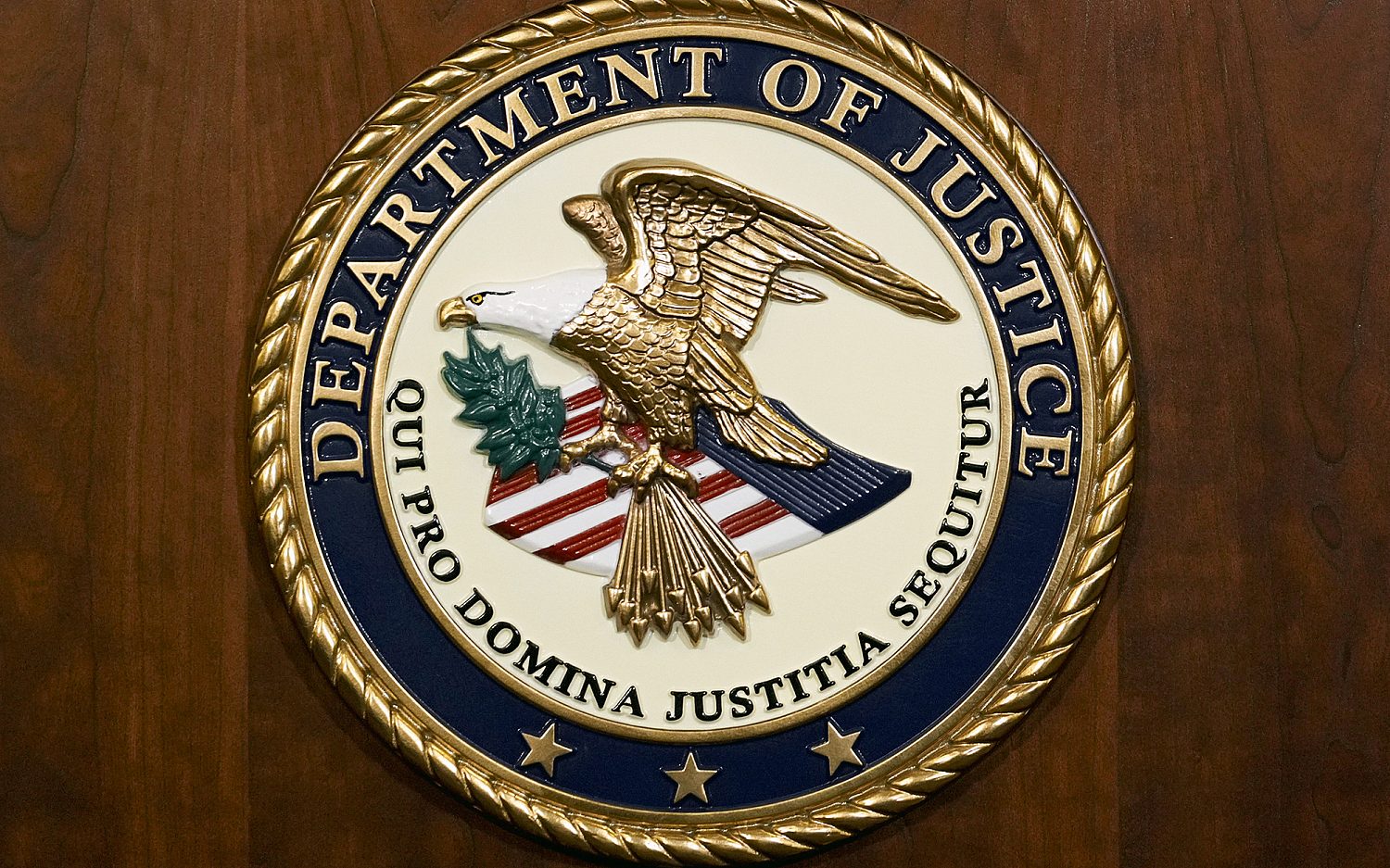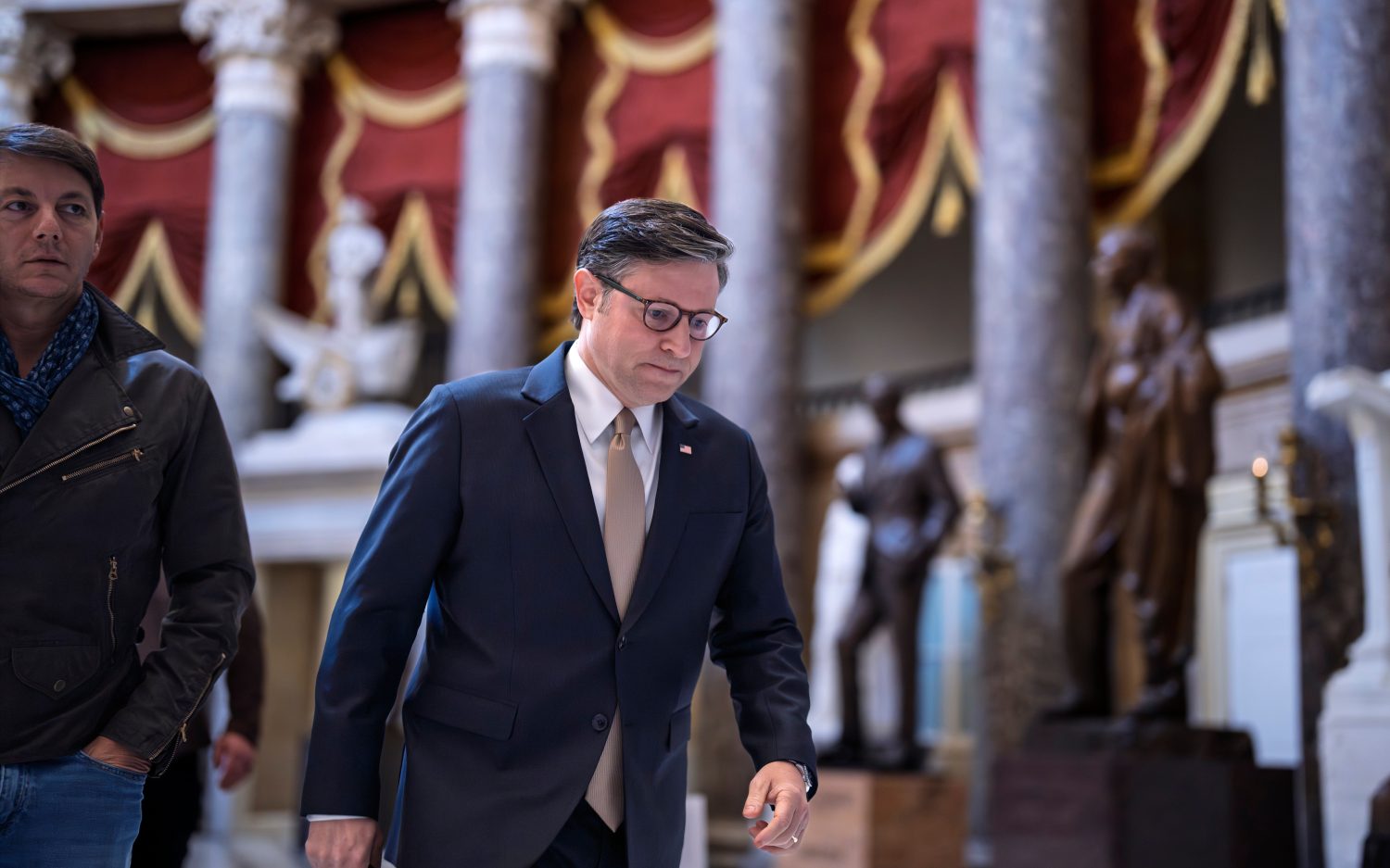Curbing affirmative action?
The high court considers the admissions process at the University of Texas and the fundamentals of achieving racial diversity
WASHINGTON—The U.S. Supreme Court heard an affirmative action case Wednesday that has implications for every college admissions program in the country. The justices expressed deep concern with the vagaries of using race in the admissions process and seemed ready to at the least curtail a college’s ability to do that. The justices showed the importance they attach to Abigail Fisher v. University of Texas by allowing a rare splurge of extra time over the one-hour argument allotment.
The University of Texas at Austin’s (UT) admissions program attempts to bring more “underrepresented” minorities into the school by using race as a factor in its “Personal Achievement Index” score when it considers applicants. As of 2011, about 20 percent of the undergraduate students at UT were Hispanic, and about 5 percent were African-American. Abigail Fisher, a white Texan who wasn’t admitted in 2008, sued, saying the process put her at a disadvantage.
A U.S. District Court and the 5th U.S. Circuit Court of Appeals upheld the UT program. But the world of higher academia collectively spasmed when the high court agreed to hear the case because that likely meant the court wanted to revise the 5th Circuit ruling.
More than 150 colleges and universities, public and private, filed briefs supporting the UT program. Colleges have built their admissions processes based on a Supreme Court ruling from 2003, Grutter v. Bollinger,which allowed race as a consideration in admissions as long as it was one generalized factor among other factors in admission. That was deemed constitutional in order to provide the “educational benefits of diversity.” But on Wednesday the Grutter decision tottered. A majority of the justices said over and over that they had no idea how to determine when a school was sufficiently “diverse,” which would no longer justify affirmative action. Racial discrimination is subject to the strictest constitutional scrutiny in the courts, so if the “compelling interest” of diversity no longer exists, affirmative action falls.
Chief Justice John Roberts asked Solicitor General Donald Verrilli Jr., one of those arguing on behalf of the university, what a “critical mass” of diversity was.
“I agree it’s not a number,” said Verrilli.
“I’m hearing a lot about what it’s not, I’d like to know what it is,” said Roberts. Verrilli said critical mass has to do with classroom diversity, graduation rates, and the university’s history of racial discrimination.
“We shouldn’t call it critical mass, because mass assumes numbers, either in size or a certain weight,” said Justice Antonin Scalia. “We should call it a cloud or something.”
Bert Rein, the lawyer for Fisher, said the Supreme Court should take this opportunity to clarify its Grutter decision.
“We recognize that there is an interest that is cognizable in diversity,” said Rein. “Universities have read [Grutter] as, ‘Use race, green light, no end point.’ We don’t think that’s how Grutter was intended.”
“You don’t want to overrule Grutter, you just want to gut it,” said Justice Sonia Sotomayor. She said Rein was arguing that there were “enough” minorities at UT.
The specifics of the UT admissions process are complicated. The university automatically accepts the academic top 10 percent of every in-state high school graduating class, a plan designed to bring in more students from schools with heavily minority populations. But the school said that system was missing minorities attending elite schools who weren’t in the top 10 percent but were nevertheless likely to be good college students. So the school included race in its general admissions process, where it gave students weight toward admission based on their race among other factors, using the “Personal Achievement Index.”
Justice Elena Kagan, formerly solicitor general with the Obama administration, recused herself from the case. So, with eight justices remaining, if the decision is deadlocked, the 5th Circuit’s decision upholding the UT program will win the day.
The lawyers in the case directed their briefs and their arguments toward Justice Anthony Kennedy, who again looks to be the swing vote in this case. Kennedy dissented from the Grutter decision allowing the use of race in admissions, but he wrote in his dissent that he does support affirmative action in a limited manner.
Justice Samuel Alito’s line of questioning with both lawyers seemed to resonate with Kennedy, who specifically asked the university’s lawyer, Gregory Garre, to answer Alito’s questions.
“The top 10 percent [program] brings in more minorities,” said Alito. “But you say it’s faulty because it doesn’t admit enough African-Americans and Hispanics who come from privileged backgrounds. And you specifically have the example of the child of successful professionals in Dallas. That’s your argument? … They deserve a leg up against, let’s say, an Asian or a white applicant whose parents are absolutely average in terms of education and income?”
“No,” said Garre. “Our point is that we want minorities from different backgrounds.”
Kennedy picked up the conversation. “What you’re saying is, what counts is race above all. That’s the necessary response to Justice Alito’s question.”
“No,” said Garre. “What counts is different experiences …”
“You want the underprivileged from a certain race and the privileged from a certain race,” said Kennedy. “So that’s race.”
The court is not likely to decide such a contentious case for months, if not into 2013.
An actual newsletter worth subscribing to instead of just a collection of links. —Adam
Sign up to receive The Sift email newsletter each weekday morning for the latest headlines from WORLD’s breaking news team.





Please wait while we load the latest comments...
Comments
Please register, subscribe, or log in to comment on this article.